In India, while there is economic and social prosperity that is shared across all sections of society, there are certain groups, such as the Mahto communities, who are recognized as being economically and socially disadvantaged. To address this issue, a study was conducted on the socioeconomic conditions of Mahto communities in the Bhuiyandih village of Tamar Block in Jharkhand’s Ranchi district. Various perspectives on development economics theories were utilized in an effort to improve their situation.
Table of Contents
What is the Socio-Economic Condition?
Socio-economic conditions refer to the social and economic circumstances that influence the lives and opportunities of individuals or communities. These conditions encompass various factors, such as income levels, education, employment opportunities, housing, health, and access to resources.
Socio-economic conditions can impact an individual’s or community’s ability to access essential resources, participate in economic activities, and achieve upward mobility. For example, a lack of access to education and job opportunities can limit an individual’s potential to improve their economic situation and contribute to their community’s development.
Similarly, poor living conditions, such as inadequate housing, limited access to healthcare, and exposure to environmental hazards, can have adverse effects on physical and mental health, leading to long-term social and economic consequences.
Therefore, improving socio-economic conditions is crucial to ensuring that individuals and communities have access to opportunities that can improve their quality of life, increase economic mobility, and foster overall well-being.
About Mahto Communities of Jharkhand
The Mahto communities in Jharkhand, India, are a marginalized group that faces significant challenges in terms of economic, social, and educational opportunities. These communities are often considered economically and socially backward, and many members of the community live in poverty.
The Mahto communities in Jharkhand primarily rely on agriculture as their primary occupation, with most farmers cultivating paddy and some vegetables like tomato, potato, and cucumber. Unfortunately, these farmers face several challenges, such as inadequate irrigation facilities, limited access to technology, and a lack of fair pricing mechanisms, which can limit their income and economic opportunities.
In addition to economic challenges, the Mahto communities in Jharkhand also face social and educational challenges. Illiteracy rates are high, with an estimated 55-60% of adults being illiterate, and many young people drop out of school due to family pressure or migrate to other states in search of work. Furthermore, many young people are forced into early marriages due to family pressure, limiting their opportunities for education and economic mobility.
Overall, the Mahto communities in Jharkhand face significant challenges that limit their opportunities for economic, social, and educational development. However, efforts are being made to address these challenges and improve the lives of these communities through initiatives such as improving market access, providing access to technology, and promoting education and awareness.
Social setting
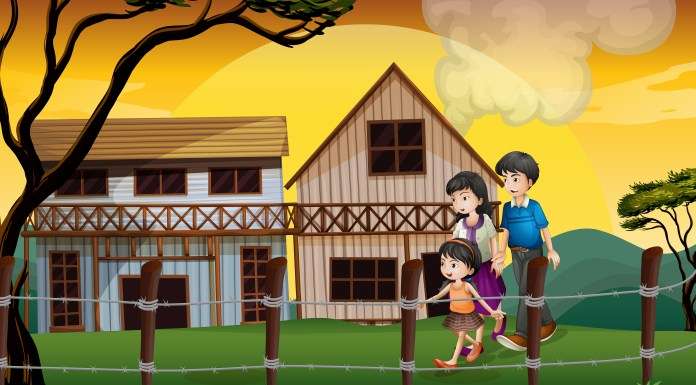
The social conditions of this particular community are quite challenging, with approximately 80% of the population living below the poverty line. This means that they have very limited financial resources to support themselves and their families. In addition, the quality of housing is also quite poor, with the majority of homes being made of kuccha, or temporary, materials and only having 1 or 2 rooms. There are very few people who have access to good quality pucca, or permanent, houses. Sadly, a significant portion of the population is homeless and lacks access to even the most basic shelter.
Furthermore, this community faces a number of additional challenges as there is very little control or oversight over any organized work in the area. For example, non-governmental organizations (NGOs) that might otherwise be able to provide assistance to those in need are not present or not effectively operating in the community. This lack of organizational infrastructure makes it difficult to address the pressing issues faced by this community and exacerbates the difficulties that they already face.
Occupation of Mahto community
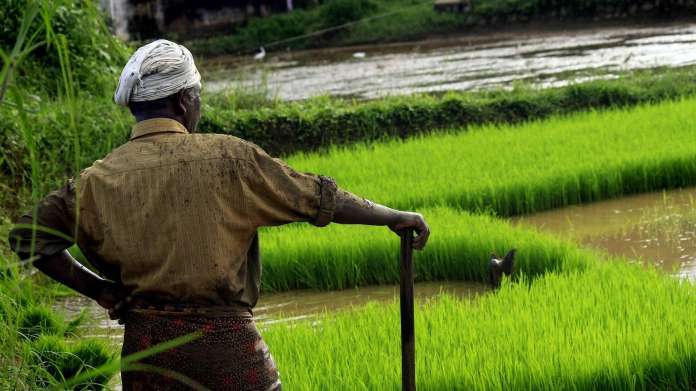
The main occupation of nearly 90% of the people in Mahto community is agriculture. They primarily cultivate paddy, which is a type of rice, and also grow some vegetables such as tomatoes, potatoes, and cucumbers. However, this agriculture is heavily reliant on rainwater as there are limited irrigation facilities available. There are only a few wells that are used for irrigation, and these can also dry out during the hot summer months, making it difficult to maintain crops.
Moreover, the farming practices in this community include the use of chemical fertilizers and pesticides, which are now causing health problems due to the direct consumption of these chemical products. This has led to concerns about the long-term impact on the health of the community members, particularly those who consume the crops grown in these fields. Such practices can also have a negative impact on the environment and soil quality, which can lead to reduced crop yields and potential long-term damage to the local ecosystem. Overall, the community’s dependence on rainwater for agriculture and their use of chemical products is creating several challenges that need to be addressed.
Educational conditions
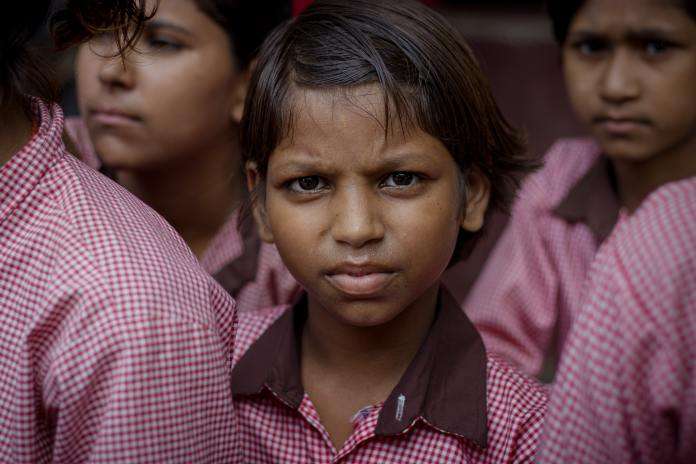
It is estimated that a significant portion of the adult population in Mahto community, around 55-60%, are unable to read or write. Unfortunately, this figure seems to be increasing as more and more people drop out of school or are unable to continue their education for various reasons. The primary reason for dropout appears to be family pressure, similar to the experiences of many young students who move to another state for work, often leaving their education behind.
Additionally, many young people in this community are forced to marry early due to family pressure and the need to provide for their family’s needs. This can be a significant obstacle to their education and career aspirations, which can ultimately limit their opportunities in life. The lack of educational opportunities and increasing dropout rates can have long-term consequences for the community’s social and economic well-being. Therefore, addressing these issues is critical to ensuring that future generations have access to the education and resources they need to thrive.
Economic status
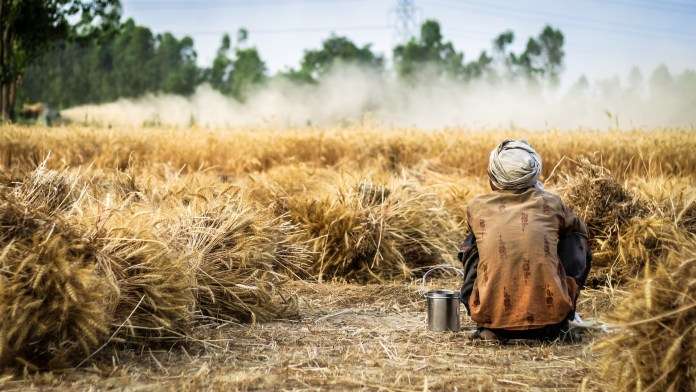
The economic situation in this area is quite challenging, primarily due to the fact that the community’s primary source of income is agriculture. Unfortunately, farmers in this area are not receiving adequate returns on their agricultural products, largely due to the lack of a well-functioning market. This means that farmers are unable to sell their products at a fair price, which is often set by the government under the Minimum Support Price (MSP) scheme.
Furthermore, the prices of agricultural products in this area are quite volatile, changing on a daily basis. This creates uncertainty for farmers, who may not know whether they will receive a fair price for their products. In addition, merchants and traders often take advantage of this situation by pressuring farmers to sell their products to them at lower prices, as there are no other viable options available.
This lack of a well-established market and fair pricing mechanisms can have significant long-term consequences for the economic development of the community. It can limit the opportunities for farmers to grow and expand their operations and can create a cycle of poverty and dependency on outside forces. Therefore, it is critical to address these issues by improving market access and developing fair pricing mechanisms that benefit both farmers and consumers.
Economic situation and vulnerability

All the farmers in this community are small-scale farmers who cultivate less than one hectare of land each. As previously mentioned, the primary occupation of agriculture can be quite stressful for farmers, as it is heavily dependent on weather conditions. Unfortunately, farmers in this area face additional challenges, such as the lack of irrigation facilities and cold storage options, which can limit their productivity and income.
Moreover, many farmers in this area do not adopt new technologies, which can further limit their yields and income. In addition, due to the increasing population, there are significant challenges with land division, which can create a surplus of labor and limit opportunities for farmers to expand their operations. This surplus labor can also create issues with disguised unemployment, where individuals appear to be employed but are not contributing to the overall productivity of the farming sector.
These challenges can have significant economic and social consequences for the community, as they limit opportunities for farmers to increase their income and contribute to the overall development of the area. Therefore, it is critical to address these issues by improving access to technology, irrigation, and storage facilities and developing strategies to manage land division and surplus labor.
Perpetuation of social and economic inequality
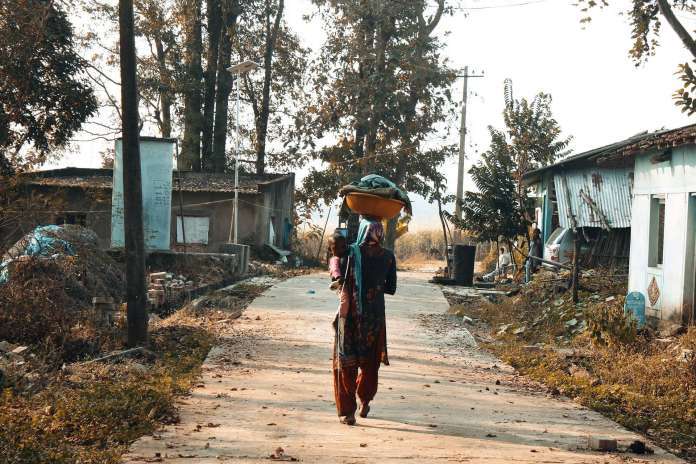
The lack of income among the Mahto community has a significant impact on their mindset and thought processes. When they interact with people who have higher incomes, they often feel inferior and incapable of providing their children with a quality education. This can lead to a sense of hopelessness and lower self-esteem. As a result, they may be more likely to follow the advice and rules of those with higher incomes, believing that they know what is best.
This also highlights the influence that income and social status can have on people’s perceptions and behaviors. Those with higher incomes and social standing often hold more power and influence in society, which can impact the decision-making processes of those with less income and social standing. This can perpetuate social and economic inequality, making it more difficult for those in lower income brackets to break out of the cycle of poverty. Therefore, it is important to address these underlying structural issues and work towards creating a more equal society where everyone has access to opportunities and resources regardless of their income or social status.
Interventions of Development Economics theories
The concept of a dual economy could potentially improve economic conditions and reduce vulnerabilities for communities facing similar situations. A dual economy refers to the existence of both traditional (agricultural) and modern (urban) sectors within an economy. The traditional sector generally involves small-scale, subsistence agriculture and informal labor, while the modern sector involves more formal, industrialized labor and higher-paying jobs.
Implementing a dual economy approach would involve developing both the traditional and modern sectors simultaneously, rather than solely focusing on one or the other. This could provide opportunities for small-scale farmers and informal laborers to access more formal employment opportunities and higher wages in the modern sector, while still maintaining their traditional agricultural practices. Additionally, the modern sector could provide a more stable source of income for the community, which could reduce economic vulnerabilities and improve overall well-being.
The concept of a dual economy can prove beneficial in addressing the economic vulnerabilities of the Mahto community, particularly as their population continues to grow. This approach involves promoting both the traditional agricultural sector and the modern non-farm sector. By encouraging the adoption of surplus labor into the non-farm sector, the Mahto community can improve their economic well-being.
Another useful theory is the unbalanced theory, which suggests that if the government provides facilities to weaker communities, particularly in terms of raw materials, they can produce goods and create backward-to-forward linkages. This means that if underdeveloped areas are provided with support and resources, they can develop and improve their economic situation, which in turn can positively impact the more developed areas nearby. Ultimately, by addressing the economic challenges facing the Mahto community and supporting their development, there can be a ripple effect on the entire region.
The economic theories of Keynes can contribute to the development of this community because they emphasize government intervention and consider the perspectives of both producers and consumers. Keynesian theory suggests that product prices should reflect both production costs and revenue. Additionally, there should be a price limit on products, based on what consumers can afford, to achieve market equilibrium where consumers are willing to pay the price.
The absence of a market committee to regulate markets necessitates government or state interventions, including (a) MSP to benefit producers and (b) incorporating markets into structural reforms. Additionally, (c) the APMC Mandi can provide a robust marketing facility where merchants from other states can participate, thereby boosting exports and creating better backward and forward linkages. (d) Adding value to the products, such as converting tomatoes into pickles, is also crucial. Strong regulations and rules must be implemented, and state intervention should be unbalanced and flexible.
Economic interventions that can help
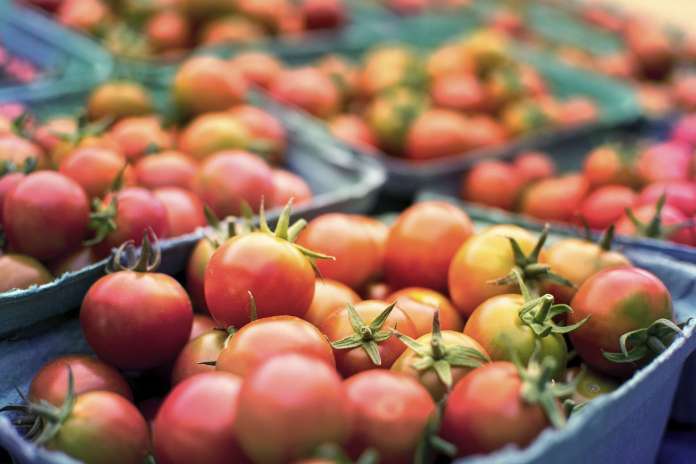
1. Price control of agricultural products
The price of tomatoes and other agricultural products can be affected by various factors, such as weather conditions, supply and demand, transportation costs, and international market trends. These factors can cause the prices to fluctuate significantly, leading to economic instability for farmers, consumers, and traders.
When the price of tomatoes drops significantly, farmers may not be able to cover their production costs, leading to lower profits or even losses. On the other hand, when the price of tomatoes rises, consumers may not be able to afford them, leading to a decrease in demand and lower profits for farmers.
Price controls are a government intervention strategy aimed at regulating the prices of goods or services in the market. The primary goal of price controls is to stabilize prices and ensure that they are affordable for consumers while ensuring that producers receive a fair price for their products.
In the case of tomato farmers, price controls can help regulate the price of their products, preventing drastic fluctuations that could negatively impact their income and production. For instance, a minimum price can be set for tomatoes that would ensure farmers receive a fair price, while also keeping the price affordable for consumers.
However, price controls are not a perfect solution, as they can have some negative effects. For example, setting prices too high may discourage buyers, leading to a surplus of tomatoes and other products. On the other hand, setting prices too low may lead to shortages, as farmers may not find it profitable to produce the goods.
Overall, the decision to implement price controls requires careful consideration of various factors, including the effects on farmers, consumers, and the overall economy. It is essential to strike a balance between the interests of all stakeholders to ensure that the market remains stable and efficient.
2. Cold storage facility
Agricultural products such as fruits, vegetables, and dairy products are highly perishable and require careful handling and storage to maintain their quality and freshness. The lack of proper storage facilities can result in spoilage and wastage of the produce, leading to economic losses for farmers and reduced availability of food for consumers.
Cold storage facilities are designed to maintain the quality and freshness of perishable agricultural products by providing a controlled environment of low temperature and humidity. By storing the produce in cold storage, the growth of bacteria and other microorganisms can be slowed down, and the shelf life of the product can be extended.
Moreover, cold storage facilities also enable farmers to store their products until the prices are favorable in the market. This ensures that farmers can get a fair price for their products and can avoid selling their produce at low prices due to market fluctuations.
In addition to cold storage, value-adding processes can also help farmers increase their income by adding value to their products. Value-adding processes involve transforming raw agricultural products into processed or semi-processed products that have a higher value in the market. This can be achieved through various methods such as packaging, canning, drying, and freezing.
For example, tomatoes can be processed into tomato paste, sauce, or canned tomatoes, which have a higher value in the market and a longer shelf life. Similarly, dairy products can be processed into cheese, yogurt, and other value-added products.
Value-adding processes not only increase the value of the product but also create employment opportunities and promote economic growth in rural areas. However, implementing value-adding processes requires investment in infrastructure, equipment, and training, which may be a challenge for small-scale farmers.
Overall, the implementation of cold storage facilities and value-adding processes can significantly benefit small-scale farmers by reducing spoilage, increasing product value, and promoting economic growth in rural areas.
3. Development of the non-farm sector
In many rural areas, small land holdings and surplus labor create a challenge for farmers to earn enough income to support their families. In the case of the Mahto communities in Jharkhand, where most farmers have less than one hectare of land, the challenges are even greater. Due to the small size of their land holdings, farmers are not able to generate enough income from agriculture alone. Additionally, with the increasing population, the problem of land division has become more significant, making it even more difficult for farmers to make a living from agriculture.
In this situation, people in the Mahto communities may be forced to look for other sources of income outside of agriculture. One possible solution is to encourage the development of non-farm sectors such as handicrafts and design. These sectors have the potential to provide alternative livelihoods for rural communities by tapping into the skills and creativity of the local people.
Handicrafts, for example, can be made from locally available materials and can be sold in nearby markets. Similarly, design can involve creating new and innovative products that can be marketed to a wider audience. By adopting such non-farm sectors, people in the Mahto communities can generate income that is not dependent on agriculture alone, thereby reducing their economic vulnerability.
Institutional Interventions to address economic development
- To improve the forward linkages of producers, it is important to establish training centers and facilities for value-addition processes. This will enable producers to create value-added products, such as pickles made from tomatoes, which will enhance their marketability and profitability.
- Market intervention schemes are designed to shield commodity producers and growers from being forced to sell their goods at lower than profitable prices when the cost of production exceeds the revenue earned.
- To support the weaker community, there should be flexibility in providing agricultural subsidies such as tax exemptions or loan waivers.
- Additional measures for irrigation facilities such as canal construction or linking with rivers should also be considered.
- Agricultural practices should be modernized with the use of scientific methods, and drip irrigation systems should be implemented to conserve water resources.
- Offer training and support for entrepreneurship to empower individuals to become job creators rather than job seekers.
Also read:


